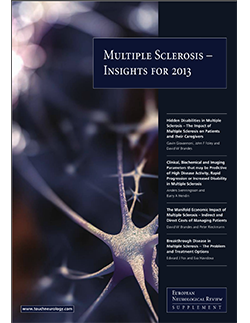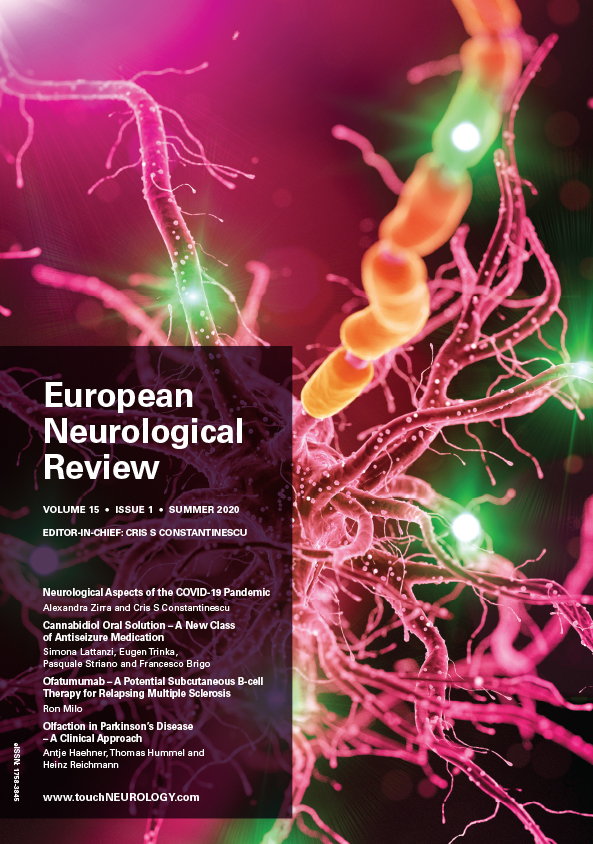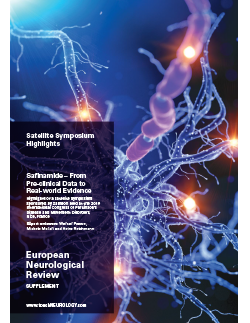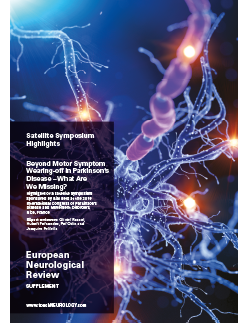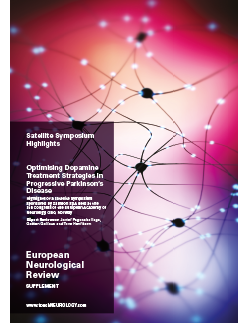MULTIPLE SCLEROSIS – INSIGHTS FOR 2013 – SUMMER 2013
Multiple Sclerosis
Abstract Multiple sclerosis (MS) is a heterogeneous condition that presents with a large variety of symptoms. While motor functions including coordination, gait and walking ability are clearly visible to clinicians upon examination, several physical and cognitive disabilities associated with MS are less apparent and are easily missed by clinicians, including MS specialists. These are sometimes […]
Abstract Increased ability to predict disease course and response to disease-modifying therapies in multiple sclerosis (MS) would optimise treatment outcomes by guiding selection of patients for a particular therapeutic intervention. Several factors affecting disease progression have been identified, including individual characteristics such as age at onset and race, onset of symptoms, early disease outcomes and […]
Paramètres cliniques, biochimiques et d’imagerie prédictifs de l’évolution de la sclérose en plaques
mieux prédire l’évolution de la maladie et la réponse aux traitements de fond de la sclérose en plaques (SEP) pourrait améliorer les résultats de traitement en proposant aux patients une approche thérapeutique spécifique. Plusieurs facteurs affectant l’évolution de la maladie ont été identifiés, parmi lesquels : l’origine ethnique, l’âge d’apparition de la maladie, l’âge des […]
Abstract Multiple sclerosis (MS) is associated with a significant economic burden, not only in terms of direct costs (drugs, hospital admissions, healthcare aids), but also indirect costs including loss of income, reduction of productivity, burden on caregivers and family members, and a reduction in patient quality of life (QoL). The disease has a marked effect […]
Abstract Early intervention with a disease-modifying therapy (DMT) is the most effective strategy for achieving disease control of relapsing–remitting multiple sclerosis (RRMS). However, current DMTs for RRMS are only partially effective in reducing disease activity, and approximately two-thirds of patients experience breakthrough disease. Breakthrough disease is characterised as an unacceptable degree of clinical or imaging […]

Trending Topic
Diabetic striatopathy (DS) is a rare hyperglycaemic condition associated with one or both of the following criteria: (1) acute-onset chorea–ballism (random, flowing and nonsuppressible involuntary movements) and (2) striatal hyperdensity on computed tomography (CT) scan or T1-weighted magnetic resonance imaging (MRI).1,2 DS is generally considered a complication of poorly controlled non-ketotic hyperglycaemia with acute hyperglycaemic surge, although […]
Journal Archive
European Neurological Review is a peer-reviewed, free-to-access, bi-annual neurology journal comprising review articles, case reports, practice guides, theoretical discussions, and original research. It features balanced and comprehensive articles written by leading authorities, addressing the most important and salient developments in the field of neurology in practical terms.
Latest articles videos and clinical updates - straight to your inbox
Log into your Touch Account
Earn and track your CME credits on the go, save articles for later, and follow the latest congress coverage.
Register now for FREE Access
Register for free to hear about the latest expert-led education, peer-reviewed articles, conference highlights, and innovative CME activities.
Sign up with an Email
Or use a Social Account.
This Functionality is for
Members Only
Explore the latest in medical education and stay current in your field. Create a free account to track your learning.


